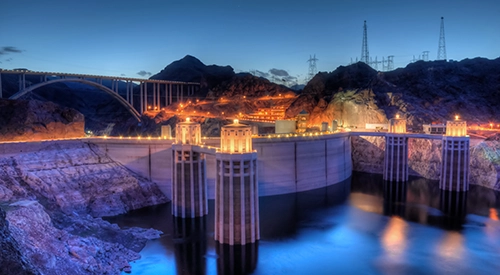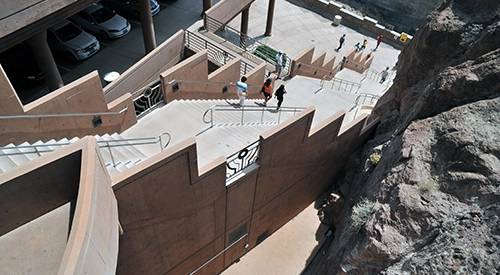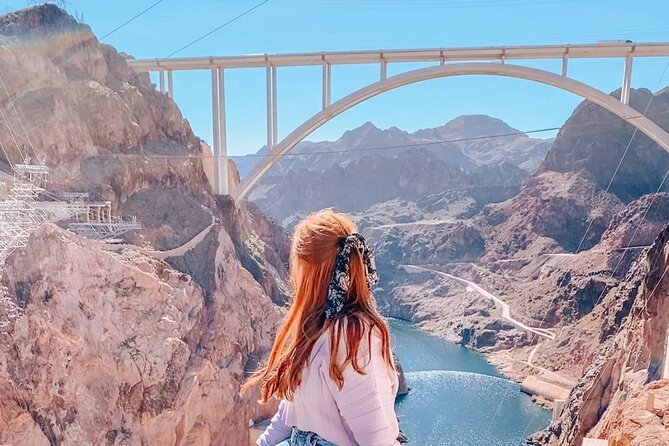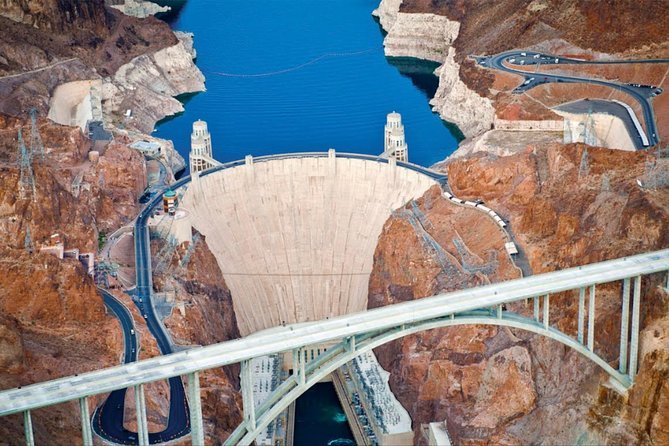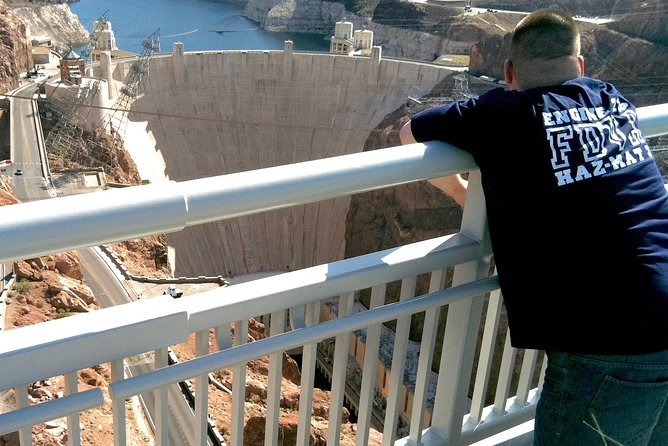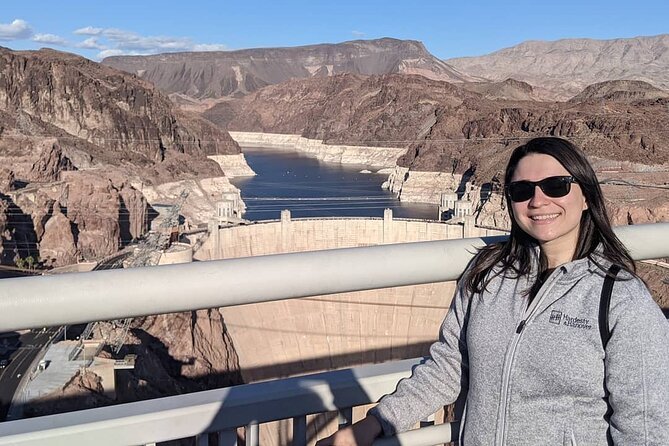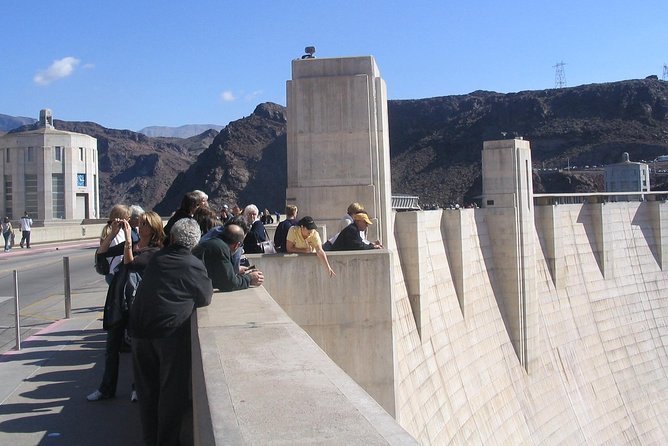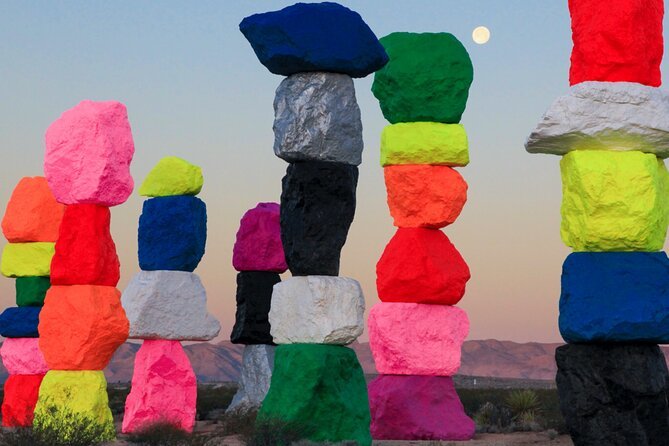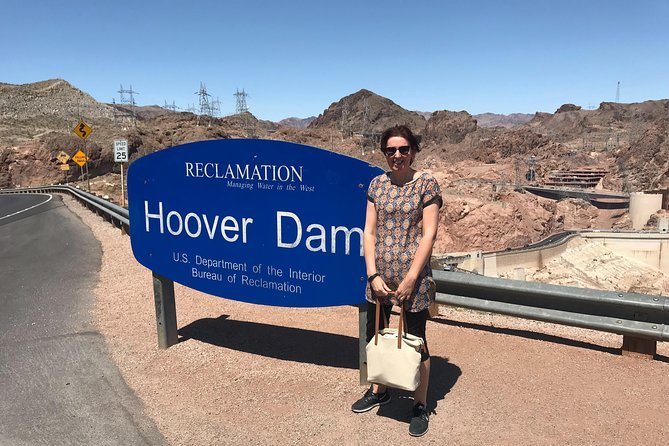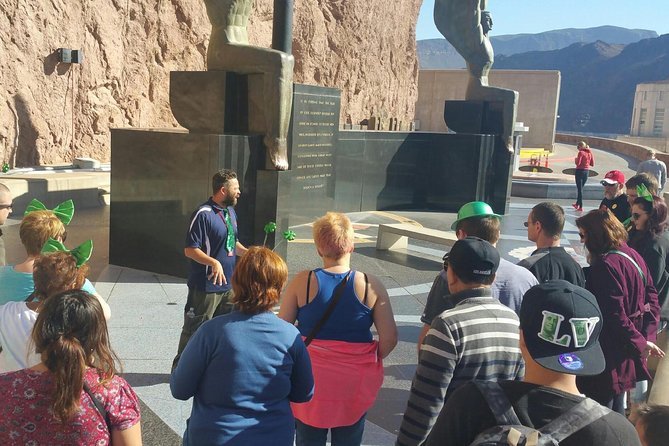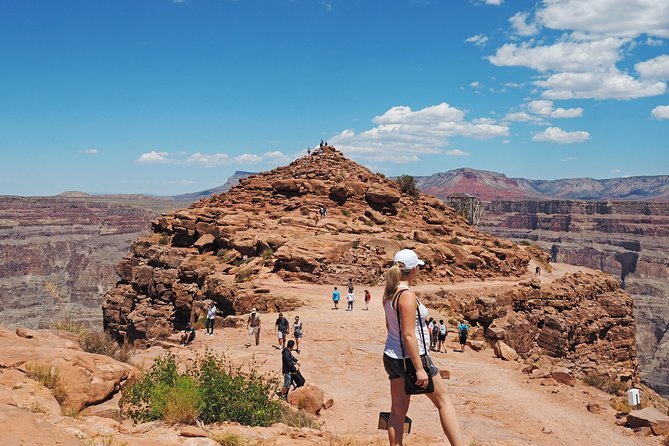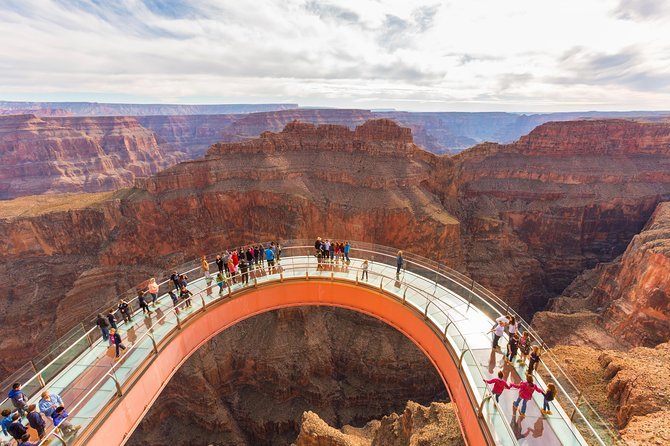Hoover Dam History and Facts
Hoover Dam History and Facts
The Hoover Dam, a monumental feat of engineering situated on the border between Arizona and Nevada, stands as an enduring testament to human ingenuity and resourcefulness.
Named after President Herbert Hoover, who played a pivotal role in its development, the dam was completed in 1935. On this page, we will take a close look at the tourists’ favorite, the Hoover Dam.
Quick Facts: Hoover Dam
- Construction: The Hoover Dam was constructed during the Great Depression, starting in 1931 and completed in 1935.
- Location: It is located on the border of Arizona and Nevada, USA, spanning the Black Canyon of the Colorado River.
- Original Name: Initially called the Boulder Dam, it was officially renamed the Hoover Dam in honor of President Herbert Hoover.
- Purpose: The primary purposes of the dam are flood control, water storage, and hydroelectric power generation.
- Height: The Hoover Dam stands at an impressive height of 726 feet (221 meters) above the Colorado River.
- Length: The dam spans 1,244 feet (379 meters) across the Black Canyon.
- Lake Mead: The construction of the dam led to the formation of Lake Mead, one of the largest artificial lakes in the United States.
- Hydroelectric Power: The dam’s power plant has a capacity to generate a significant amount of hydroelectric power, contributing to the region’s energy needs.
- National Historic Landmark: Designated as a National Historic Landmark in 1985, the Hoover Dam attracts millions of visitors annually.
(Source: Hoover Dam)
Fun Facts: Hoover Dam
Art Deco Marvel
The dam’s design incorporates Art Deco architectural elements, adding aesthetic appeal to its functional features.
Concrete Marvel
The Hoover Dam is made of approximately 3.25 million cubic yards (2.48 million cubic meters) of concrete, enough to build a two-lane highway from San Francisco to New York.
Time Zone Border
The dam is located in two time zones. The Arizona side is in the Mountain Time Zone, while the Nevada side is in the Pacific Time Zone.
Power Generation
The hydroelectric power generated by the dam can supply electricity to over a million households.
Elevation Impact
The dam’s construction significantly impacted the Colorado River’s elevation, causing the creation of Lake Mead, one of the largest reservoirs in the United States.
International Recognitions
The Hoover Dam has been featured in various movies, TV shows, and documentaries, contributing to its international fame.
Historical Timeline of Hoover Dam
1922
The idea of building a dam on the Colorado River is first discussed at a Colorado River Commission meeting.
1928
The Boulder Canyon Project Act is signed into law by President Calvin Coolidge, authorizing the construction of the dam.
1931
Construction of the Hoover Dam begins amidst the Great Depression, providing employment opportunities for thousands.
1933
The dam is officially named the Hoover Dam in honor of President Herbert Hoover.
1935
The Hoover Dam is completed, two years ahead of schedule, with dedication ceremonies attended by President Franklin D. Roosevelt.
1941-1945
During World War II, the dam plays a crucial role in providing power for the war effort.
1961
The Mike O’Callaghan–Pat Tillman Memorial Bridge (Hoover Dam Bypass) is completed, rerouting U.S. Route 93 away from the dam.
1985
The Hoover Dam is designated a National Historic Landmark by the United States Department of the Interior.
1999
The dam undergoes a major renovation and modernization effort to upgrade its systems and facilities.
2009
The Hoover Dam is recognized as one of the Top 10 Construction Achievements of the 20th Century by the American Society of Civil Engineers.
Today
The Hoover Dam is the focal point for tourists and has become an iconic structure within the city.
History of Hoover Dam
The Hoover Dam, a monumental feat of engineering situated on the border between Arizona and Nevada, stands as an enduring testament to human ingenuity and resourcefulness. Originally known as the Boulder Dam, its construction commenced during the challenging years of the Great Depression, with thousands of workers laboring to bring this colossal structure to life. Named after President Herbert Hoover, who played a pivotal role in its development, the dam was completed in 1935.
Designed not only to control the Colorado River’s flow and prevent downstream flooding but also to generate hydroelectric power, the Hoover Dam has become an iconic symbol of American infrastructure. From its Art Deco-style towers to the creation of Lake Mead, the dam’s reservoir, the history of the Hoover Dam is a fascinating journey through time, marking its place as a National Historic Landmark and a must-visit destination for tourists from around the world.
Planning and Construction: The idea for constructing a dam on the Colorado River was first proposed in the early 20th century to address water resource management and provide hydroelectric power.
Construction began during the Great Depression in 1931 and was completed in 1935.
Purpose: The primary purposes of the Hoover Dam were to control the Colorado River’s flow, prevent flooding downstream, and provide water for irrigation and municipal use. Hydroelectric Power:The dam’s power plant generates electricity through the use of turbines. It has the capacity to produce substantial amounts of hydroelectric power, contributing to the region’s energy needs.
(Source: Hoover Dam)
Architecture of Hoover Dam
- Art Deco Style:
The dam exhibits Art Deco characteristics, a popular design movement in the 1920s and 1930s known for its geometric shapes, streamlined forms, and decorative details.
- Intake Towers:
The dam features two large, ornate intake towers on the upstream face. These towers, designed by architect Gordon Kaufmann, serve both aesthetic and functional purposes.
- Winged Figures of the Republic:
On the Nevada side of the dam, sculptor Oskar J.W. Hansen created the “Winged Figures of the Republic.” These bronze statues stand as guardians, symbolizing the freedom and resilience of the American spirit.
- Terrazzo Floors:
Inside the dam, the terrazzo floors showcase intricate patterns and designs. Terrazzo is a composite material that often incorporates marble or granite chips in a cement or resin matrix.
- Bronze Railings:
Art Deco-inspired bronze railings adorn various areas of the dam, providing both safety and visual elegance.
- Bas-Reliefs:
Bas-reliefs, sculpted by artist Oskar J.W. Hansen, are integrated into the dam’s exterior. These reliefs depict the benefits of harnessing the Colorado River for irrigation and power generation.
- Concrete Patterns:
The concrete surfaces of the dam are marked with patterns known as “starbursts” or “sunburst,” adding decorative details to the structure.
Hoover Dam Tickets
Explore below our curated selection of Hoover Dam tickets and guided tours:






